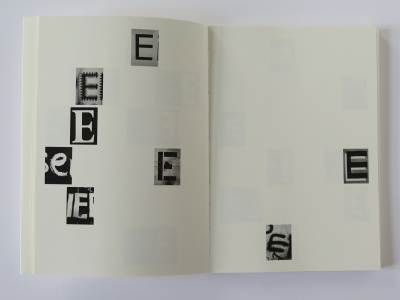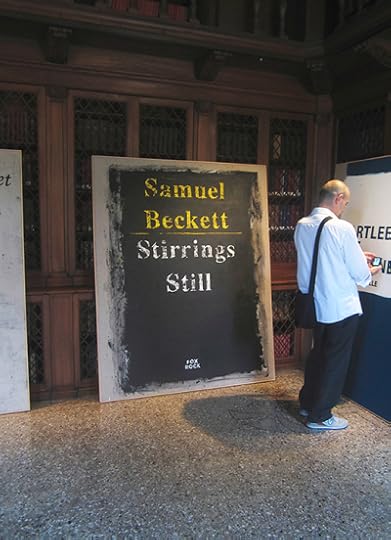Lov Lttrs
By DENNIS DUNCAN
In 1641, the Portuguese merchant and poet Alonso de Alcal�� y Herrera published a work entitled Varios effetos de amor en cinco novelas exemplares ��� Sundry Effects of Love in Five Novellas ��� in which each of the five tales was written without the use of a different vowel. Thus, "Los dos soles de Toledo" ("The Two Suns of Toledo") has no a, "La carro��a con las damas" ("A Coachful of Gals") no e, and so on. The work is a tour de force ��� Herrera includes poems, songs, and snippets of dramatic dialogue within his narratives, all conforming to the particular exclusion in operation.
Over the next three centuries, there would be a handful of other lipogrammatic novels, of which Georges Perec's La Disparition (1969) ��� A Void in Gilbert Adair's English translation ��� is the best-known and most dazzling. A full-length detective novel, witty, self-referential, surprisingly moving, it eschews the letter e, the most common vowel in French as it is in English. Displaying a natural sense of balance, Perec followed this up with Les Revenentes, a novella in which e is the only vowel allowed, and a, i, o and u are avoided. Translated by Ian Monk as The Exeter Text, it recasts a family myth of how a trove of jewels, intended to fund the family's flight from the Nazis, was stolen at an orgy.
I was reminded of Perec's e-only text when I came across a pair of photography books which came out earlier this year: Joachim Schmid's E-Book and its companion, Joachim Schmid Works by Elisabeth Tonnard. Like Les Revenentes, Schmid's book uses only the letter e, only here it is not merely the only vowel, but the only letter whatsoever. The back cover informs us that the book's text is that of a letter which Schmid sent to Tonnard (the two artists are a couple), but redacted of everything but its es. Each e in the original, however, has been replaced with a photograph of that letter taken during Schmid's travels. Hundreds and hundreds of them: the es of public writing ��� bus stations, graffiti, shop signage, Ezra Pound's grave in Venice ��� a mosaic of found texts, each in its most minimal form and utterly different from the others.
Tonnard's book meanwhile consists of photographs of Schmid caught in the act of photographing these es, standing in the street, bent over manhole covers or straining to get a close-up of an awning. This is a book of unselfies: instead of a photograph of oneself taking a photograph of oneself, each of Tonnard's images is a photo of someone else photographing something else.
Playful and plural in their different ways but each unquestionably dedicated to the other artist, taken together these books are quite charming. Schmid cites Perec as an influence, and certainly Perec is now an unavoidable point of reference for vowel-play of this kind. But in this pair of works, replaying the original love letter as a love of the letter, and created as a side-project as the two artists sold their work at the small bookfairs of Europe and beyond, it is tempting to think that the courtly Alonso de Alcal�� y Herrera, poet and trader, might also have approved.
Peter Stothard's Blog
- Peter Stothard's profile
- 30 followers






